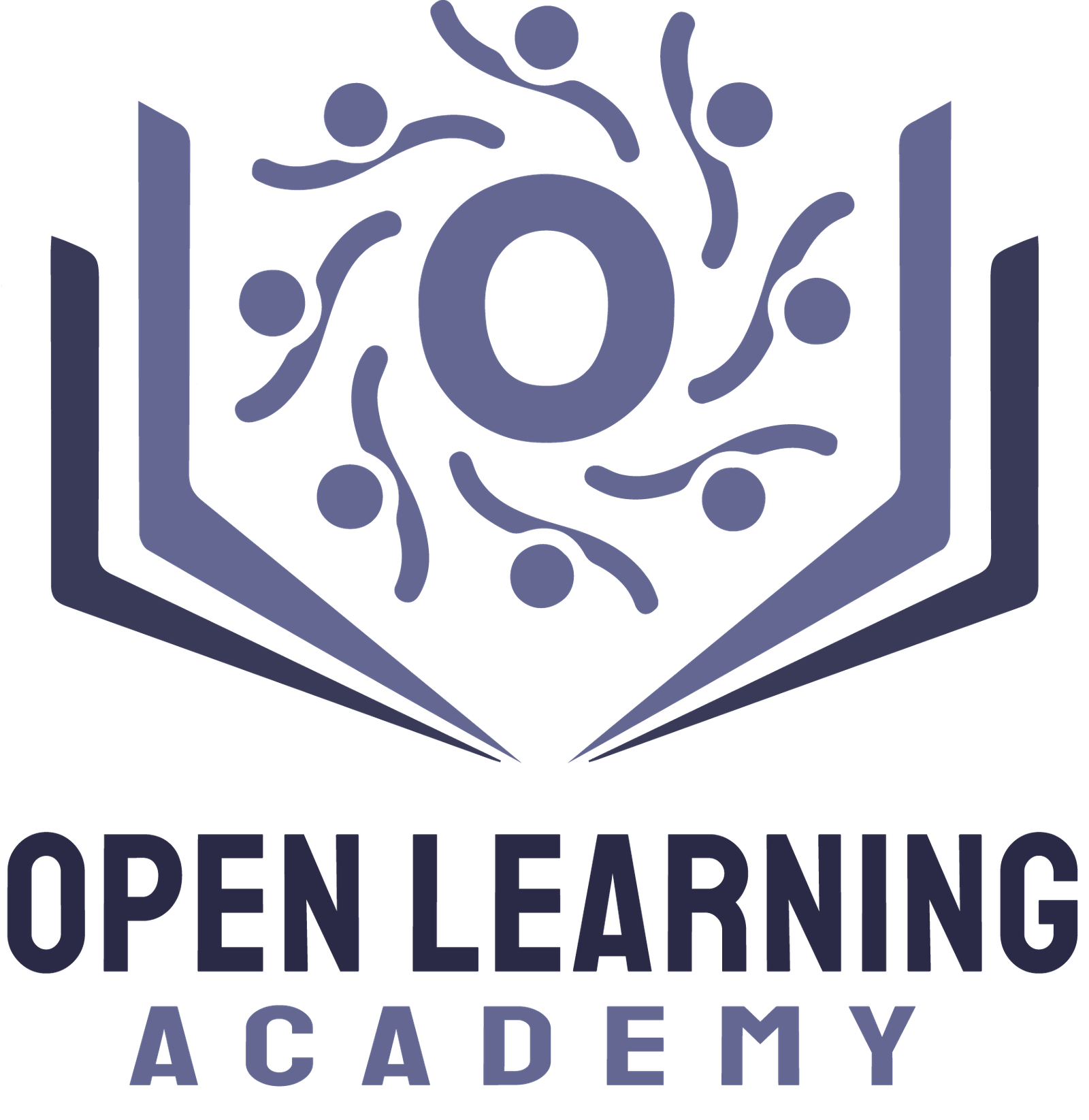No products in the cart.
Stepping up to become a Higher Level Teaching Assistant (HLTA) is an incredible way to advance your career in education, whether you’re already in the field or considering a future as a teaching assistant. So, now we’ll explore what it takes to become an HLTA and the skills and qualifications you’ll need.
What is an HLTA?
An HLTA, or Higher Level Teaching Assistant, is a more advanced job than a regular teaching assistant. In fact, HLTAs take on extra responsibilities, even doing some tasks on behalf of teachers.
For example, they are allowed to plan some lessons, conduct activities, and even teach parts of the curriculum, but under the guidance of a teacher. Moreover, HLTAs can give students who need help extra attention and support with either schoolwork or behavior.

How Do I Become an HLTA
The following steps cover both qualifications and practical experience.
Obtain Your Teaching Assistant Qualification
The First step is to obtain the proper qualification. Most aspiring Higher Level Teaching assistants start by completing a Level 2 or Level 3 teaching assistant course, but there are many other options and methods to get your qualification. These qualifications provide a solid foundation in child development, education practices, and classroom management.
Build the Necessary Skills
To excel as an HLTA, you need certain core skills, such as:
- Communication skills: Engaging effectively with students, parents, and colleagues.
- Organisation: Planning lessons and managing resources efficiently.
- Adaptability: Adjusting to changing situations in the classroom.
- Patience: Supporting students with a range of abilities and needs.
- Inclusive Education & SEN: Understanding of inclusive practices and Special Educational Needs (SEN).
- Literacy & Numeracy: Strong reading, writing, and maths skills.
Gain Experience
Practical experience is very important when pursuing an HLTA role. You should spend time working as a teaching assistant in a school, gaining a clear understanding of classroom dynamics. As a result, this experience will help you build confidence in supporting students and managing day-to-day tasks.
Start the HLTA Assessment Process
Once you have sufficient experience and meet the qualifications, you can begin the HLTA assessment process. This process evaluates your ability to meet the professional standards required of HLTAs. It involves creating a portfolio that showcases your skills and contributions in the classroom.
Complete a Literacy and Numeracy Qualification (Level 2 or Higher)
You must hold a recognized Level 2 or higher literacy and numeracy certificate in order to be eligible for the HLTA assessment. This criterion guarantees that you possess the fundamental academic abilities required to assist students in the classroom.
Some of the accepted qualifications for literacy and numeracy include:
- GCSE English: Grades A*–C (4–9).
- GCSE Mathematics: Grades A*–C (4–9).
- Functional Skills English and Mathematics Level 2.
- Key Skills Communication and Application of Number Level 2.
Enrol in the HLTA Preparation Course
Many candidates attend the HLTA preparation course. These courses guide you through the assessment requirements, help understand HLTA stands, and offer practical tips for success. They also provide valuable insights into the skills and knowledge needed to excel in the position. By completing this course, you’ll feel more confident and prepared to take on the responsibilities of an HLTA.
Take the HLTA School Visit Assessment
The last step in becoming an HLTA is the school visit assessment. During this visit, an assessor will watch you work, look at your portfolio, and ask you questions to make sure you meet the required standards. If you pass this stage, you’ll earn your HLTA status and be ready to take on the responsibilities of the role.

Responsibilities and Duties of a Teaching Assistant
Here are some common teaching assistant responsibilities and how they evolve for HLTAs:
- Supporting Learning: Teaching assistants help students grasp concepts, complete tasks, and stay engaged during lessons. As an HLTA, you will also plan and deliver lessons to small groups or the entire class when required.
- Classroom Management: Maintaining a positive and productive learning environment is key. HLTAs often take a lead role in managing behaviour and ensuring the classroom runs smoothly.
- Providing Individual Support: Teaching assistants frequently work one-on-one with students who need extra help. HLTAs take this further by creating tailored learning plans and assessing progress.
Conclusion
Becoming an HLTA is a challenging but rewarding career step. By following the steps in this guide—starting with your teaching assistant qualification and progressing through assessments and preparation courses—you can confidently work towards this advanced role.
As an HLTA, you will not only have a greater impact on students’ education, but you’ll also experience more professional satisfaction and new opportunities for growth. With dedication and hard work, you can make a lasting difference in the classroom and help shape the future of education.
The HLTA Course from Open Learning Academy gives you the tools and support to excel in this rewarding role and advance your teaching career.




